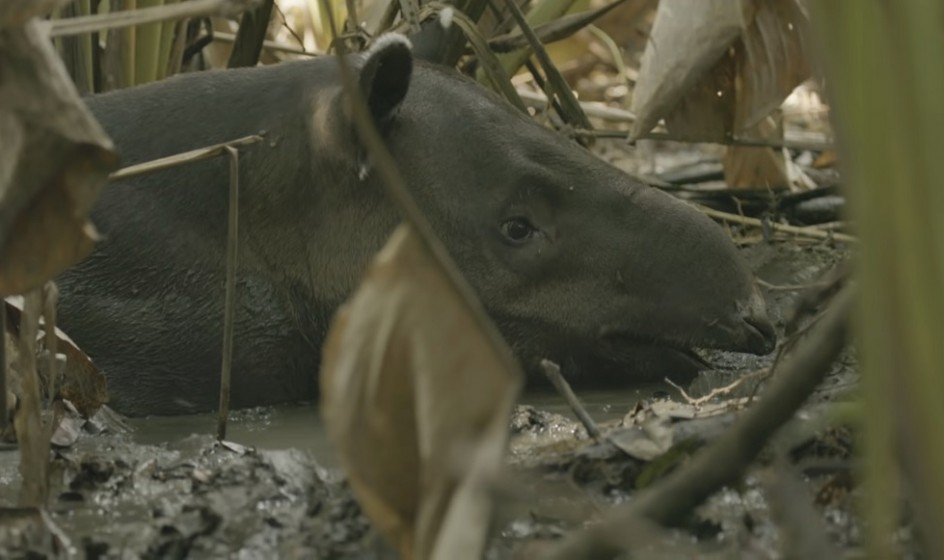

Mountain Tapir

Working with indigenous communities to protect the mountain tapir
The purpose of this project is the sustainable and community-based conservation of the populations of the mountain tapir (Tapirus pinchaque) in the Colombian Amazonian Andes. This mammal is a living fossil and is listed as Endangered by the IUCN Global Red List, and as Critically Endangered in the Red List of Colombia. The reason for these listings are mainly three threats: 1. Poaching and illegal trafficking for the consumption of meat and skin (leather) 2. Destruction of habitats by deforestation for activities agriculture and livestock and illegal mining; 3. Climate change because high temperatures force the tapir to migrate to higher areas, where food is scarce. As a result tapirs die of starvation.
The conservation work of the project is supported by the Kamsá indigenous community, the regional IUCN South America and the University of Amazonas. The main outcome of the project will be an increase of the conservation status of the mountain tapir through the protection of habitat, foraging and mating areas.
Species: Mountain tapir (Tapirus pinchaque)
Region: Columbia
Implementing partner: Fuverde Foundation
Funding period: January 2022 - January 2023
Project goals
- To strengthen the conservation capacities of the Kamsá indigenous community (co-inhabiting the target mammal), through training and awareness raising
- To create a 32 km2 security zone, free from threats of anthropic origin to the species
- To guarantee the initiation and continuity of post-project conservation actions at the project site
- To stimulate conservation actions in the Kamsá indigenous territory by communicating at least 10,000 people about the results and activities of the project
Planned activities
- To conduct conservation-related training and education with the Kamsá indigenous community
- To declare the protected area with a resolution decree
- To train and coordinate ranger groups to enforce the protection of the mountain tapir
- To re-plant native trees in degraded areas
- To create of an indigenous environmental secretariat in order to take over and manage conservation activities on a community level
- To disseminate the activities on various channels, such as social media, website and the production of a documentary